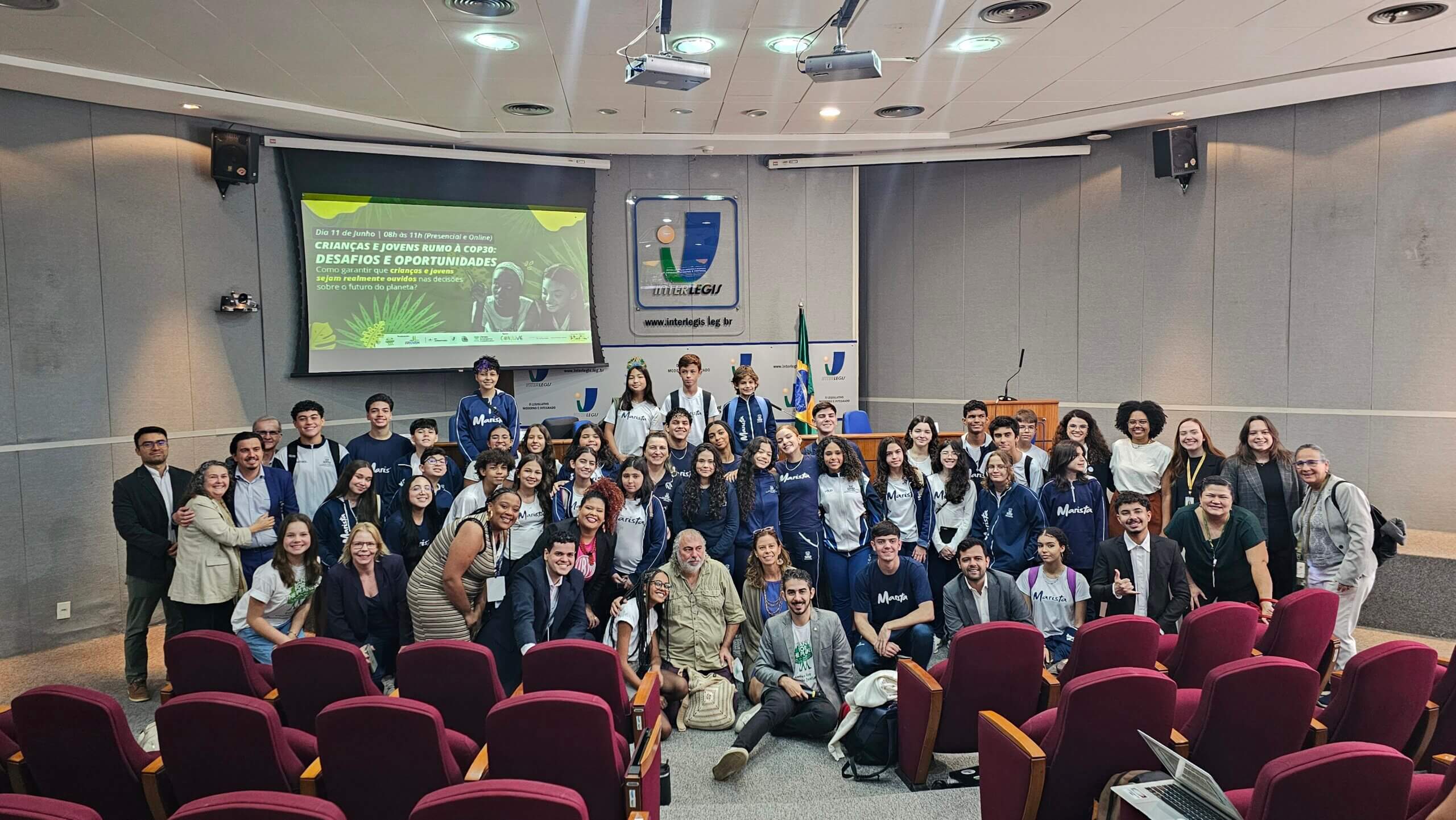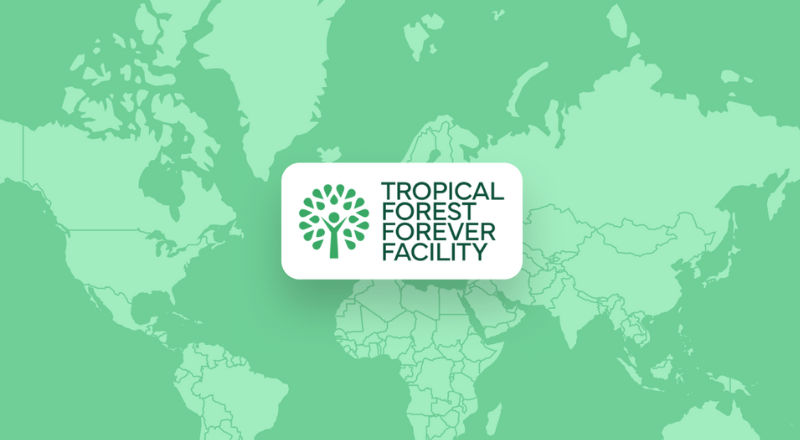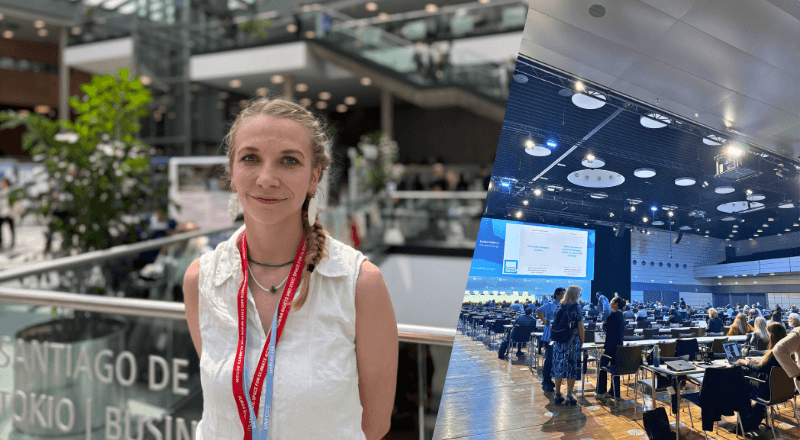
Ever heard “trees don’t grow on mountains”? Well, there are ways around that including reforesting the Mountain and areas around it. One person is undertaking this task; Kai Reinacher, a 32-years old biologist from the agglomeration of Basel, Switzerland. In 2017, he founded the organization Árbol co(n)razón engaging in the conservation and restoration of tropical forests and has been the head of this organization since.
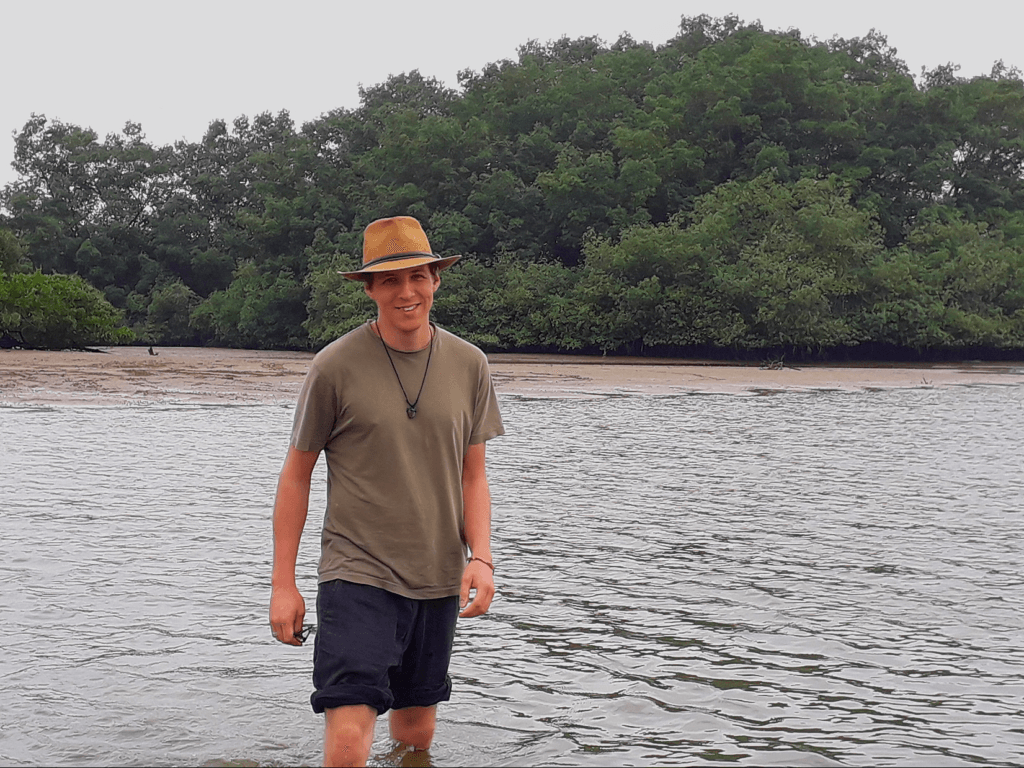
We spoke to Kai recently about his exciting current reforestation project “Sacred Mountain” in Ecuador.
With the idea to give everybody a better understanding, we share here some edited excerpts from the interview.
Reforesting mountains using rainwater harvesting and trees from cuttings
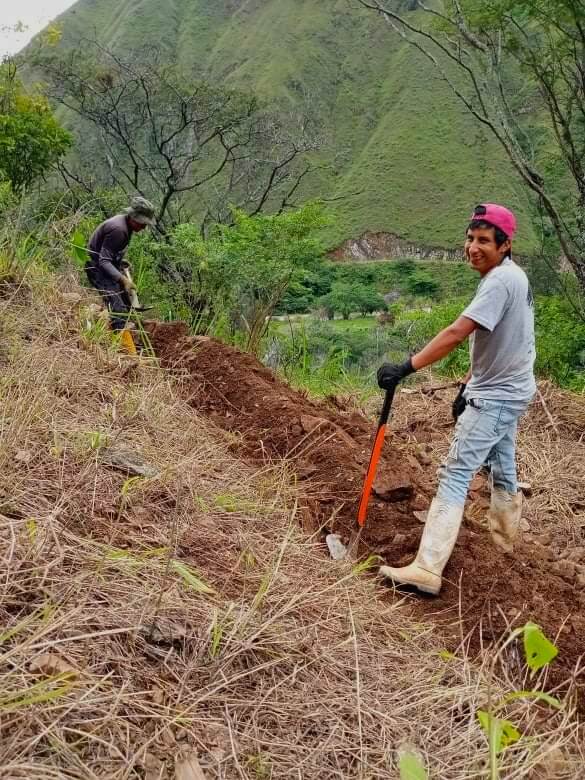
The No. 1 cause for the vast biodiversity loss that we are currently facing is the destruction, fragmentation and degradation of natural habitats. Thus, the best way to fight this dramatic decline in biological diversity is to restore and re-connect high-quality ecosystems to allow species to thrive and genetic diversity to flow among wildlife populations. At the same time, the restoration of balanced natural ecosystems is basically the only known way to capture CO2 from the atmosphere and to permanently store it!
During my one-year journey through Latin America, I got to know Walter, the owner of the mountain we call “Sacred Mountain”, due to the Kogi explaining that this land is sacred. I immediately saw the chance to create a large-scale wildlife reserve not distant from the megadiverse zone of Podocarpus National Park. So, I convinced Walter to reforest that mountain in collaboration!
As the dry season is tough and the soil is heavily eroded, we came up with a plan to improve the conditions on the mountain for a natural forest to thrive: First, wherever it is possible we use landscape techniques for rainwater harvesting to retain as much rainwater on the mountain and in the soil as possible. Second, we plant trees from cuttings that are already around 1.5 m tall – they can shade out the aggressive grass on the mountain, cast helpful shade on the seedlings planted below them, break the wind, fix atmospheric nitrogen, create mulch by leaf litter and thus, help restore soil fertility. In short: the cuttings create forest-like conditions that help the seedlings – which are planted in between – to thrive and grow strong. When the seedlings are tall enough to sustain themselves, the trees grown from cuttings will be removed because they are clones and do not represent the adequate genetic diversity of a tropical forest.
Supporting households
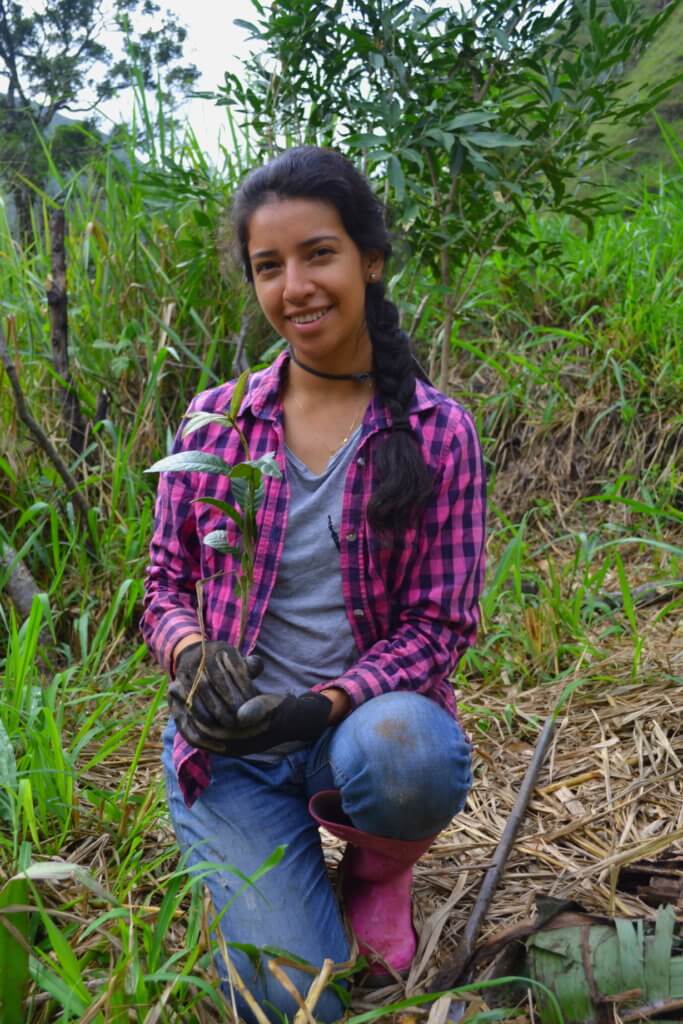
This question is hard to answer as we have just started our reforestation project half a year ago. So far, we have helped to provide an income to six workers and their families and added about $ 10’000 to the local economy. Ecological effects will probably follow soon but are not recognizable yet.
Discovering Plant-for-the-Planet
I had heard about it in the past as a youth organization caring for the environment mostly in the form of tree planting projects and I had known the name Felix Finkbeiner in that context. When I went on a visit to the Crowther Lab (I think) in December 2020, I got to know Felix personally and we’ve talked for a while. He invited me to join the Trillion Tree Campaign with the project that I was setting up at that moment. That’s when I realized Plant-for-the-Planet was a big organization and that I have unconsciously supported them many times by buying “Die Gute Schokolade” 😉
Unique offer of tax-deductible donations
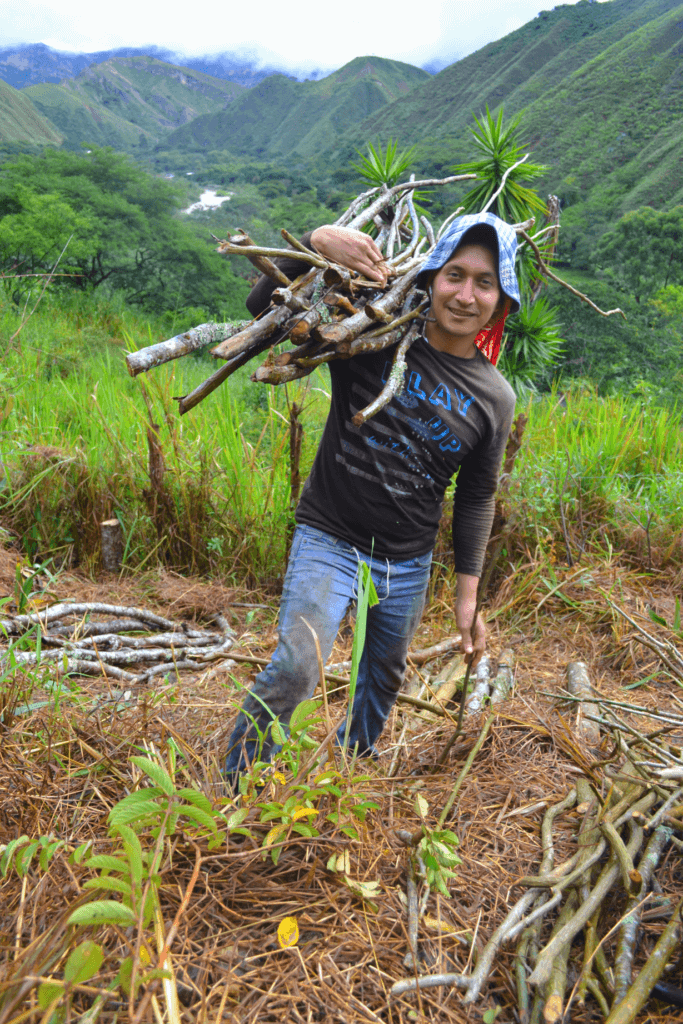
The Plant-for-the-Planet platform is incredibly project-friendly! As a non-profit organization and project, we face many hurdles and one of them constantly is the lack of money. This platform offers projects a micro page for free in which they can present themselves and ask for support from the community which is able to donate trees to the project in the form of monetary donations. These donations are then transferred to the projects without charging any fees! That is absolutely unique! Another nice feature is that donors can get a certificate for the trees they’ve donated and give them to others as a present. The best feature of this platform however, is that it makes donations from the EU and from the US tax-deductible! As a Swiss organization, we are not accepted as a “non-profit” or “charity” by the EU or the US. We have tried hard to find solutions for donors from these regions to make their donations tax-deductible – which seemed almost impossible. Then however, we found out that the Plant-for-the-Planet platform offers that service. We were celebrating a party – it was such a relief!
The journey from donation to planting
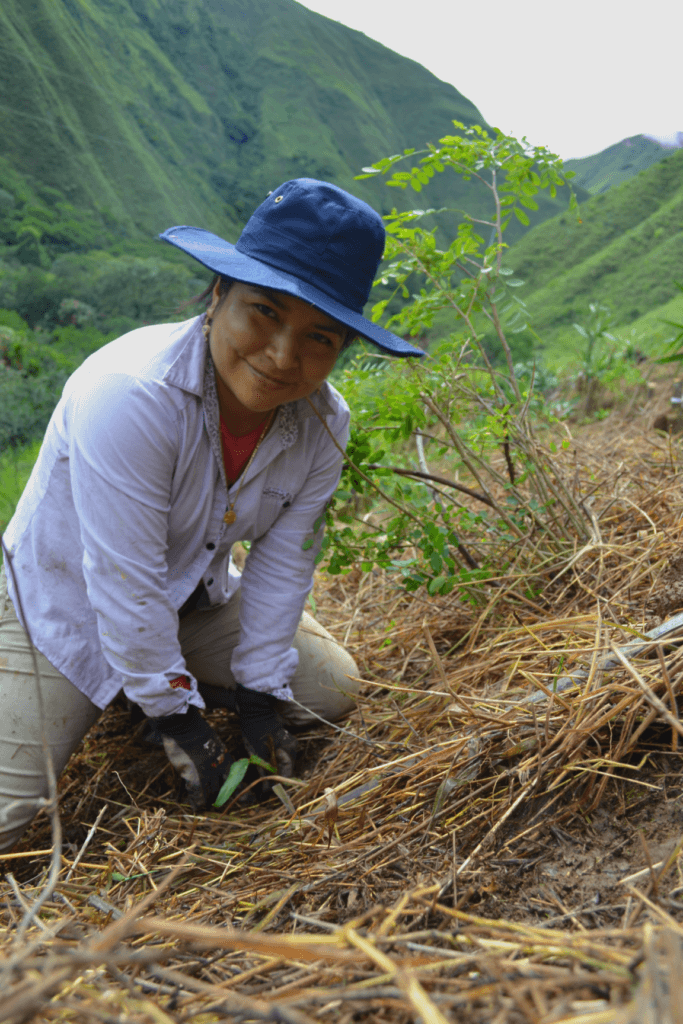
The donations are transferred by Plant-for-the-Planet to our organization’s bank account. As the project manager, I am in charge of the fundraising and the accounting for the project. When we’ve discussed the budget for the season inside our organization and with our partners in Ecuador, the Asociación Finca Sagrada, I transfer the funds to their bank account. Walter Moora (head of their non-profit organization) writes checks to our Project Coordinator Cristian Ojeda (a local from the village). Cristian uses the funds to pay the field workers, and some of their expenses and purchases tools, working materials and also the planting materials (cuttings and seedlings). The workers clear the land from the aggressive grasses, dig swales (rainwater harvesting) and plant trees. That way your donations are transformed into the forest!
Impacting local communities

Almost all our field workers are locals from the small village of Tumianuma where our reforestation project is carried out. Two out of six of our employees are women. Gina is the only employee that comes from another small village in a neighboring region. She came to live at Finca Sagrada so that she can be part of the reforestation project. Her dream is to become an environmental engineer and we hope that we help her achieve that. All our workers view the project as very meaningful and positive for the local community not only financially but especially for its impact on nature and the minds of the people to love nature again. And they all seem to love this work because it is meaningful and they all enjoy giving this land back to nature. In the future, we plan to have volunteers as helping hands to progress faster but without risking the jobs of the local people! Nonetheless, we want to give travelers the opportunity to experience meaningful work for the benefit of nature.
Choosing species to plant and growing tree nursery
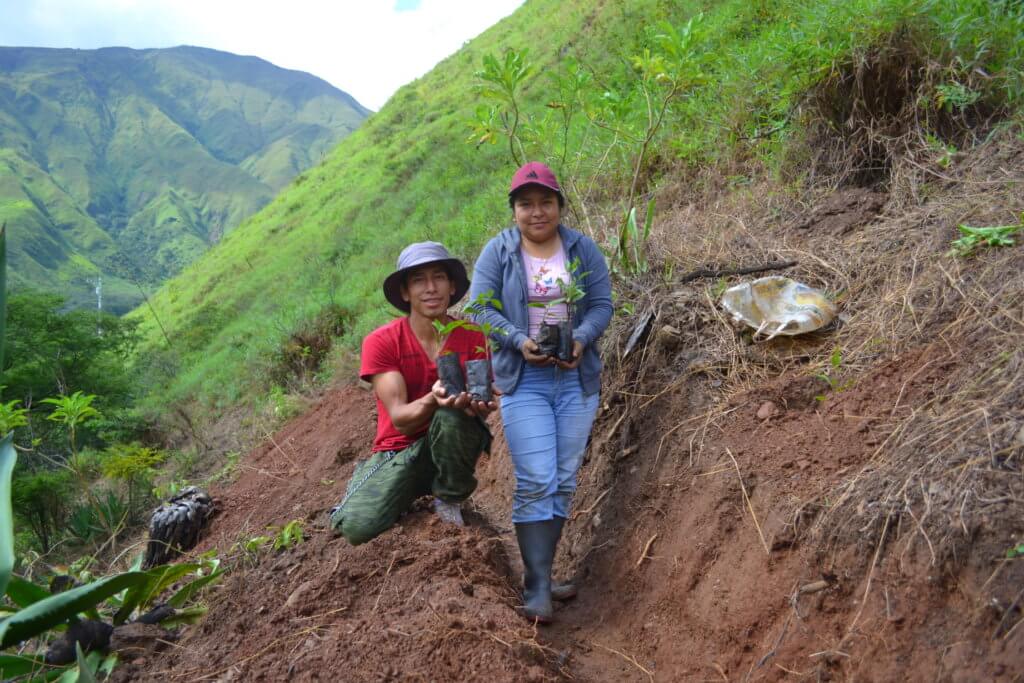
This year, almost all of the seedlings we have planted were donations from the provincial administration of Loja. These were seedlings from five different native tree species. However, this year we have planted mostly from cuttings to improve the conditions for seedlings to survive the dry season and not be outcompeted by the grasses during the rainy season. Recently, we have begun to raise extra funds to create our own tree nursery in which we will grow our seedlings ourselves. Purchasing seedlings from commercial tree nurseries bares the risk of planting low genetic diversity – inadequate for a tropical forest. Therefore, our plan is to have an employee who collects seeds from native trees and shrubs in the wild (especially in the nearby national parks “Podocarpus” and “Yacurí” and other protected areas). Thus, we can make sure the trees and shrubs we plant represent the genetic diversity of the region. However, we could not yet raise any funds for that goal.
Using the Plant-for-the-Planet platform
I really like the Trillion Tree Campaign and its ambitious goal! I love this attitude, which is best described by Che Guevara’s quote: “Let’s be realistic. Let’s do the impossible!” The platform itself is great – what I would like to see more is that people realize the condition of our world’s biosphere and the necessity to restore and re-connect natural ecosystems to maintain and conserve the ecological balance that all our lives depend on. In other words, I would like to see more people using the platform to support initiatives like ours that invest so much work, passion and love into their projects. These projects are key to a movement towards a sustainable life on Earth.
All hands on deck
You are on a great and important mission! Engagement for Mother Earth is not only empowering and fulfilling but sometimes also tough and exhausting. Stay focused and keep your goal – our common goal – in mind! You are never alone in this. There is a large community assembled on the Trillion Tree Campaign’s platform. We all share the same values and the same mission. Thank you!!
Visit Sacred Mountain – natural Reforestation Ecuador to learn more.

